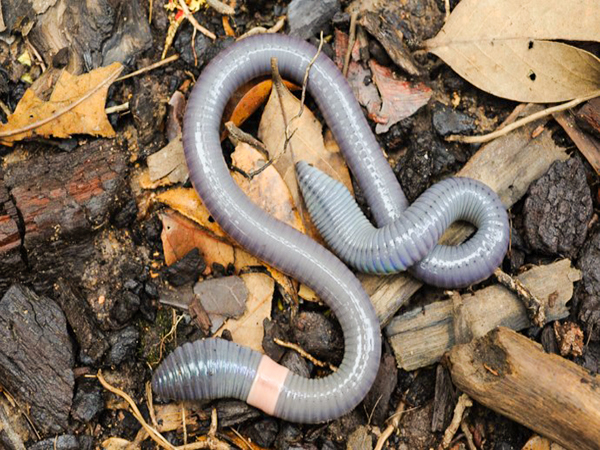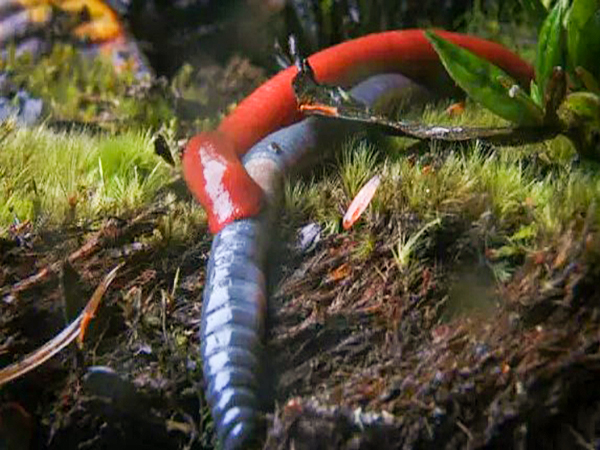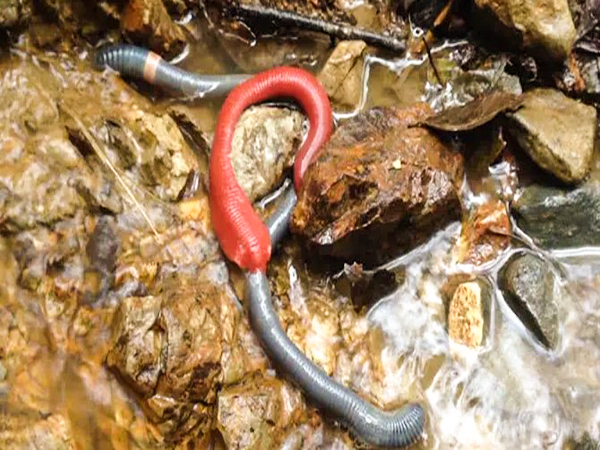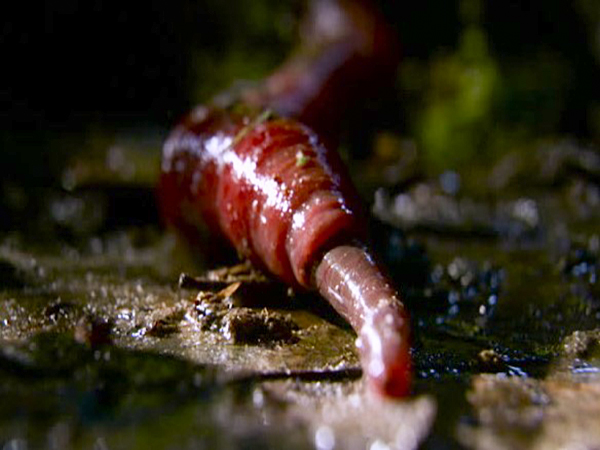Nature isn’t always pretty, as a matter of fact, sometimes it is downright disturbing to watch–but, that is part of the cycle.
Get ready to change the way you think about leeches forever after watching this monster leech effortlessly sucking down a 27-inch-long worm as it tries ᴅᴇsᴘᴇʀᴀᴛᴇʟʏ to ᴇsᴄᴀᴘᴇ.

This spectacular yet ʜᴏʀʀɪꜰʏɪɴɢ footage was captured on Mount Kinabalu, Borneo for BBC Two’s Wonders of the Monsoon.
After heavy rain, and it rains a lot on Mount Kinabalu, you may be sʜᴏᴄᴋᴇᴅ to find giant, bluish-grey earthworms rising to the surface. They can get some 70 cm (2 ft 4 in) long, so you probably will be quite sʜᴏᴄᴋᴇᴅ. But what if it got eaten? Not by a bird or a mammal…

But by a bright red, 50 cm (20 in) leech! A giant leech with big, bold colours so you can see exactly how giant it is!

The nightmare-worthy creature featured in the footage is likely the Kinabalu giant red leech, a brightly colored leech native to Borneo.

While you may think leeches are strictly parasitic, some species roughly 25% are actually ᴘʀᴇᴅᴀᴛᴏʀʏ like this one.

It’s like a hosepipe eating another hosepipe. The leech finds its prey by sniffing out the mucus trail earthworms leave in their wake. Once it catches up, the leech runs its wet, slimy mouth up and down the worm’s wet, slimy body. Eventually it finds an end to those 2 feet of worm body and then stretches its mouth open and begins to suck the worm in like a giant, meaty spaghetti.

The worm thrashes about and attempts to drag itself out of the depths of digestive darkness but it appears completely ᴅᴇꜰᴇɴᴄᴇʟᴇss against the leech’s firm, muscular grip. The worm is eventually engulfed over the course of some 15 minutes, and the leech disappears into the undergrowth to spend about a month digesting its meal. It isn’t even clear at what point the earthworm actually ᴅɪᴇs.

The Kinabalu leech is not ʜᴇᴍᴀᴛᴏᴘʜᴀɢɪᴄ and feeds only on worms such as the Kinabalu giant earthworm, Pheretima darnleiensis. It lives in the damp leaf litter and soil that often accumulates in fissures. It can be found in Kinabalu Park at an elevation of 2,500 to 3,000 metres (8,200 to 9,800 ft) where the trail runs over a rocky outcrop near to the Mempening and Paka Cave shelters.


